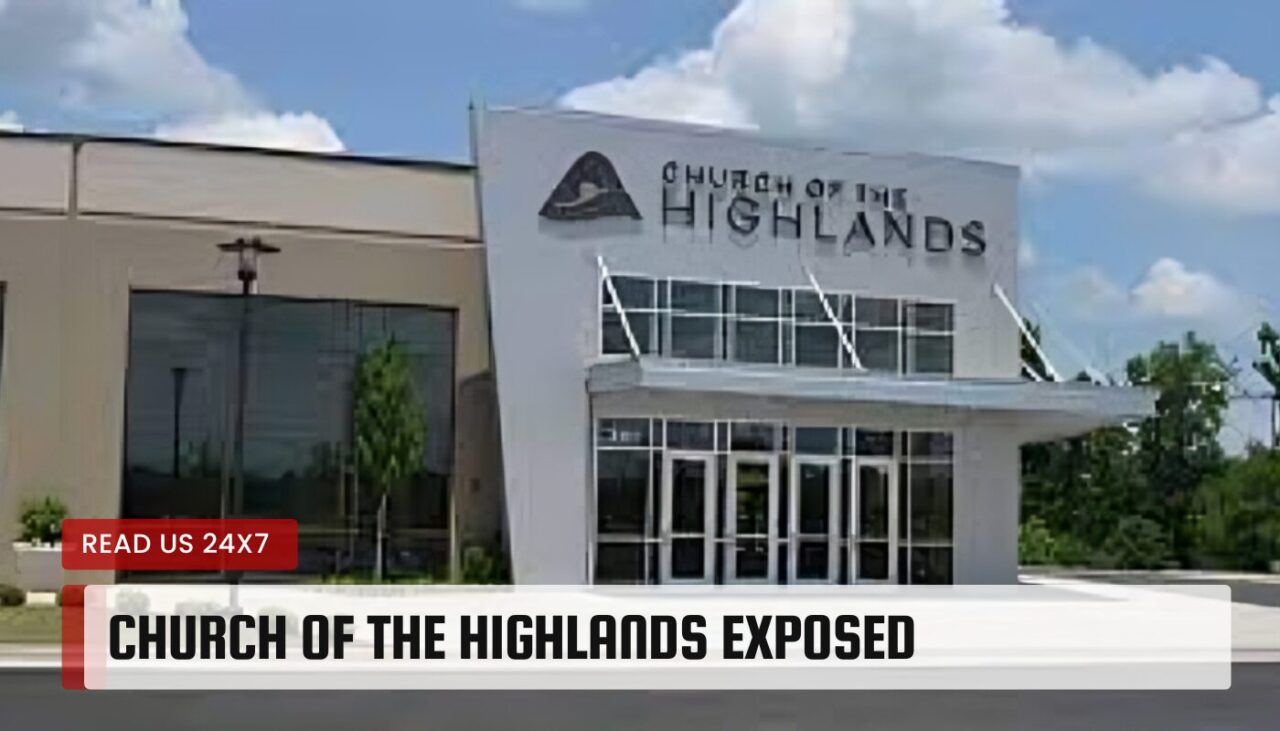The Church of the Highlands, a megachurch in Alabama, has faced significant controversy in recent years. This article provides a balanced overview of the church, including its founding and mission, along with the accusations of financial mismanagement, abuse of power, and a toxic culture. It also explores the church’s response, leadership accountability, and ongoing legal issues.
Overview of Church of the Highlands
Founded in 1998 by Chris Hodges, Church of the Highlands has grown into one of the largest churches in the United States. Their mission statement emphasizes a welcoming environment for people to connect with God and build strong relationships. The church is known for its contemporary worship services, vibrant youth programs, and active community outreach efforts.
Controversial Claims against Church of the Highlands
Several allegations have cast a shadow over Church of the Highlands. Critics claim the church has engaged in:
- Financial mismanagement: Questions have been raised about the church’s financial practices, with concerns regarding spending and a lack of transparency.
- Abuse of power: Some former staff members allege instances of leadership bullying and manipulation within the church hierarchy.
- Toxic culture: Accusations of a culture of fear and intimidation within the church have surfaced, with reports of pressure placed on employees and members.
Response and Accountability
In response to the controversy, there have been calls for increased transparency and accountability from the church leadership. The church has taken some immediate actions, including:
- Commissioning independent audits to address financial concerns.
- Establishing a board specifically focused on oversight and accountability.
- Implementing new policies to prevent abuse of power and create a healthier work environment.
However, the long-term impact of these measures remains to be seen. Legal proceedings are ongoing related to some of the allegations.
The Role of Chris Hodges
Chris Hodges, the church’s founder and senior pastor, has been a central figure in this controversy. Some question his leadership and hold him accountable for the alleged issues. The church maintains that Hodges is committed to leading the church through this challenging time and implementing necessary reforms. Additionally, they have outlined new church policies designed to prevent misconduct by leadership positions.
One particularly high-profile case involved a former staff member, Mike Carter, who accused Hodges of creating a hostile work environment. While the details remain disputed, the case highlighted concerns about church leadership.
Conclusion
The Church of the Highlands faces a critical moment. The church’s future depends on its ability to address the accusations effectively, rebuild trust within the community, and ensure lasting change. Only time will tell if the church can navigate these challenges and emerge stronger.



